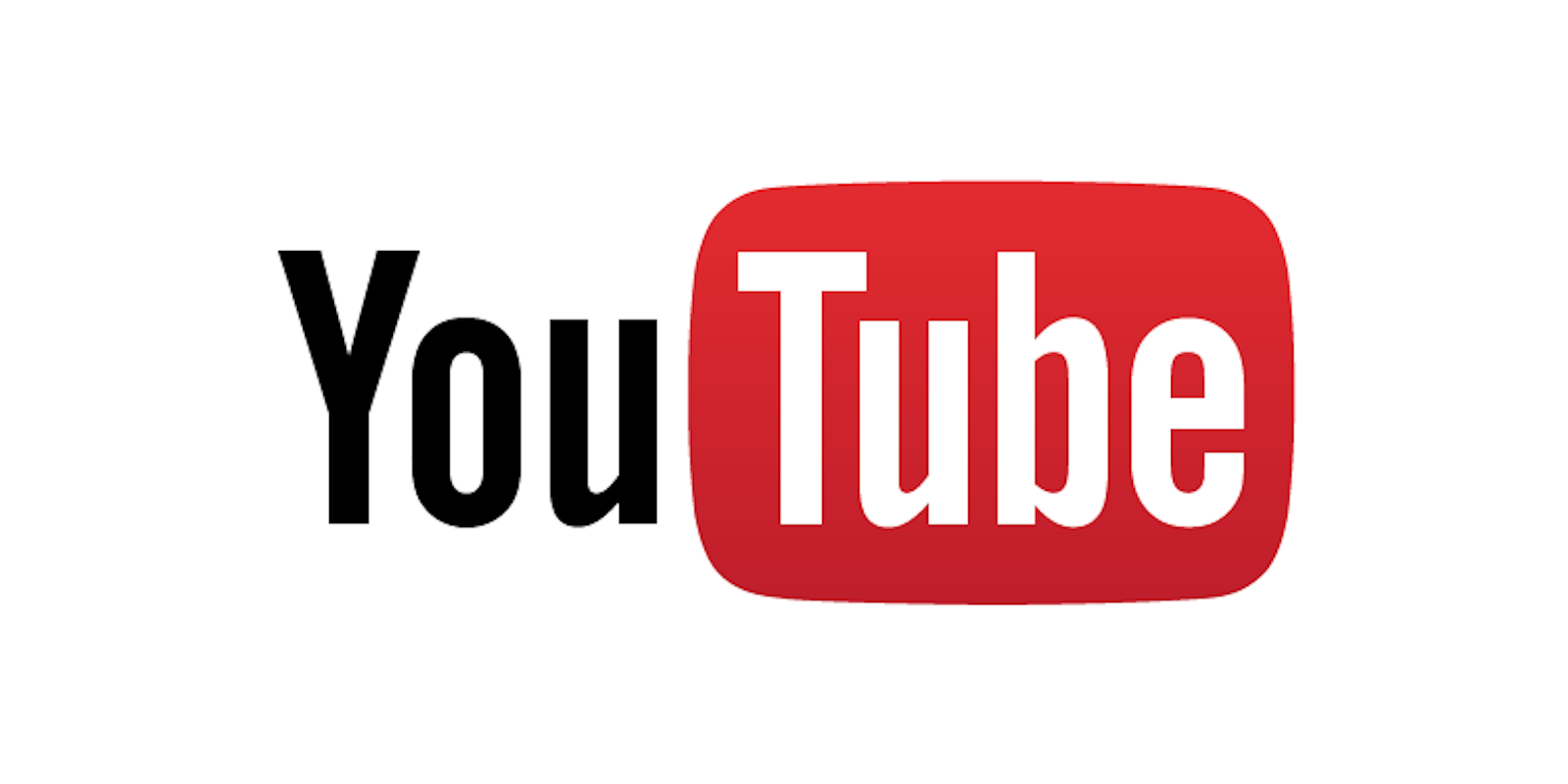We now collectively watch 1 billion hours of YouTube videos every single day. If one person were to try to watch that many hours of video, it would take 100,000 years, YouTube‘s VP of engineering Cristos Goodrow says in the company’s blog post announcing the milestone.
This achievement (a 10-fold increase over our viewing habits from five years ago) isn’t just notable because it’s a big number. YouTube viewership is on pace to beat TV viewership, which Nielsen reports is around 1.25 billion hours per day, but has been steadily dropping in recent years.
Thanks to set-top boxes such as the Apple TV and Amazon Fire TV (which are outfitted with dozens of streaming apps you can use to catch up on sports and network television shows), the need for a costly cable subscription is dwindling. And with companies such as HBO, Netflix, and Amazon creating their own award-winning movies and TV shows, for some, streaming content itself trumps what you’d get on cable TV stations.
YouTube viewership doesn’t look like it’s going to start shrinking any time soon, either. The video giant just inked a deal this week that will bring YouTube onto Comcast’s Xfinity X1 set-top box. Roughly half of Comcast’s 22.5 million subscribers have this box in their homes, which will surely help increase YouTube’s views even more. Comcast subscribers will be able to use their voice to summon YouTube onto their TV screen, and then search for videos or browse through their own recommended videos.
In addition to cord cutting, YouTube attributes its own recommendation algorithms with the influx of viewing hours over the past few years. Paired with a TV app, it’s a winning combination: Pick a video you want to watch, and then watch similar content that automatically starts playing after that video completes (and the next one, and the next one…).
Now YouTube just has to make sure it’s making enough money off of all those hours of video watching to make it profitable.


